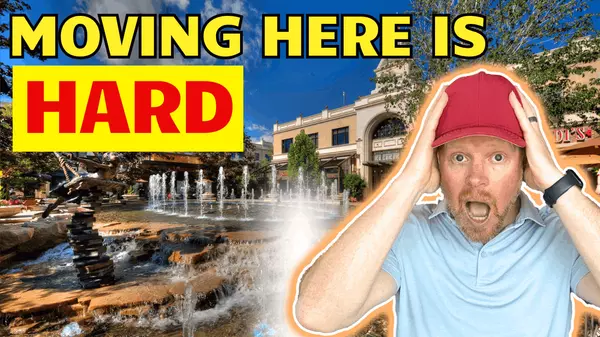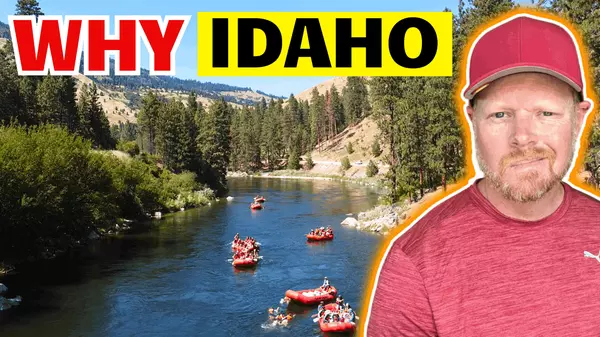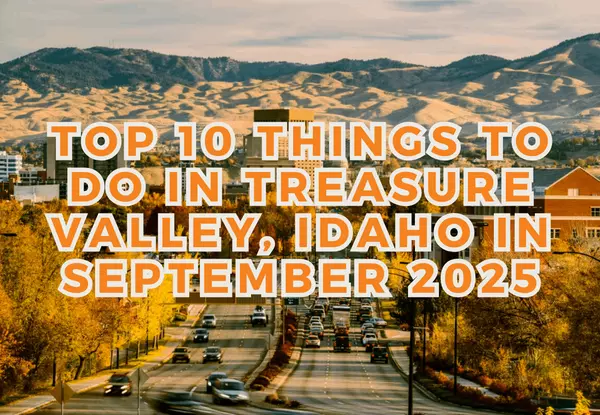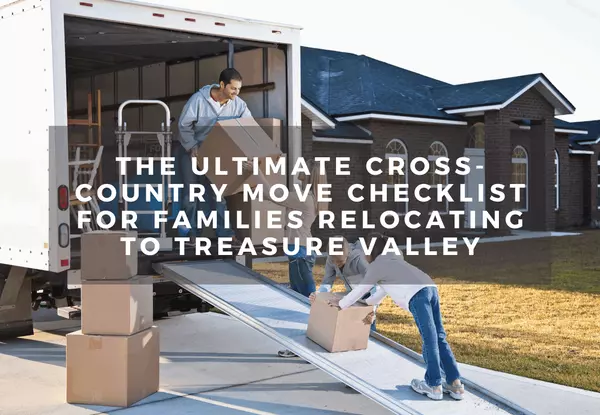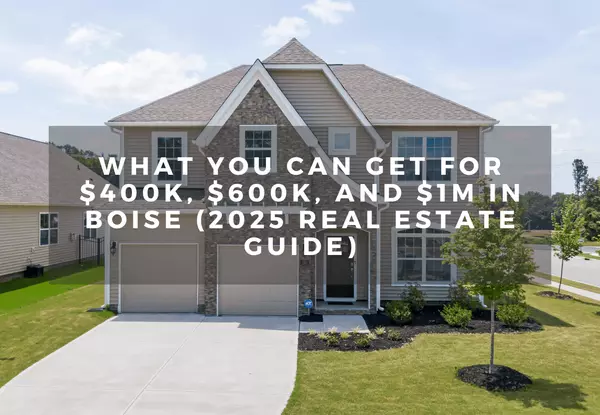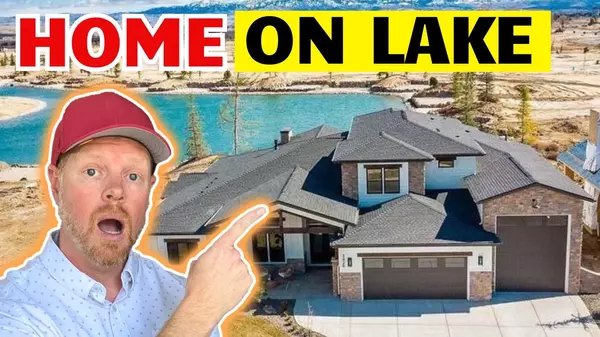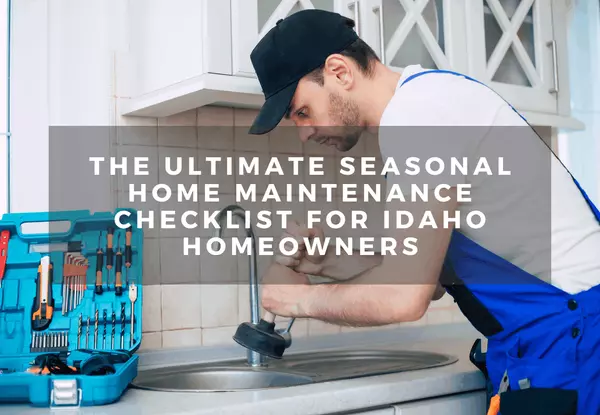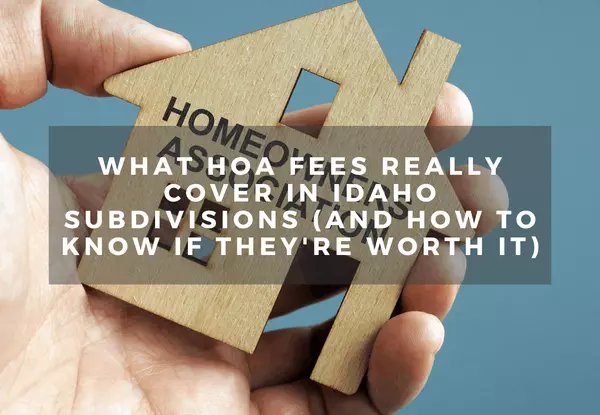Land Market Analysis 2025: Development Opportunities in Treasure Valley
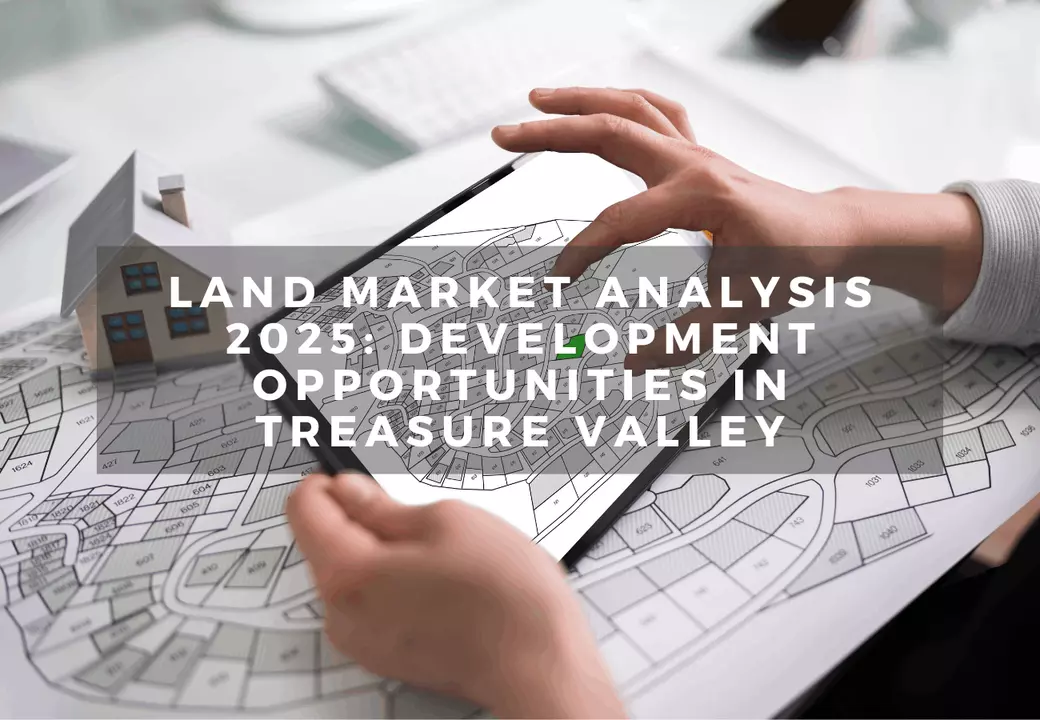
Whether you're a builder, investor, or someone just keeping an eye on Treasure Valley’s future, the question isn’t if growth is coming—it's where and how to position yourself ahead of it.
In 2025, the Treasure Valley continues to experience strong demand across residential, commercial, and mixed-use sectors. With limited infill opportunities in Boise and Meridian, smart developers are turning their attention to vacant land in secondary corridors, fringe towns, and transitional zones.
This detailed land market analysis will walk you through:
-
Current land trends in Boise, Meridian, Nampa, Star, Kuna, and Eagle
-
Zoning tips, pitfalls, and strategies
-
Future growth corridors to watch
-
How to evaluate land deals from an agent who’s seen it all
Why Land Is the Next Frontier in the Treasure Valley
You’ve heard the stories—people who bought land five years ago and have doubled or tripled their investment. Why? Because land has leverage. Unlike finished homes that are capped by comps, land increases in value based on proximity to infrastructure, zoning shifts, and economic momentum.
In 2025, land is one of the most undervalued and misunderstood assets in our market. That’s especially true as:
-
Builders seek new territory
-
Cities expand public services
-
Remote work increases demand for rural lots
-
Commercial developers look beyond Boise
Where to Buy Land in the Treasure Valley: Area-by-Area Breakdown
Boise
-
Zoning: Tight. Most land is infill or redevelopment.
-
Opportunity: North End teardowns, bench duplex lots, or pocket parcels in SE Boise.
-
Price per acre: $500K–$2M depending on zoning and location.
-
Who’s buying: High-end builders, investors doing lot splits, luxury developers.
Curtis’ Tip: If you're buying in Boise, you're not buying land—you're buying access. Make sure zoning supports what you intend to do before closing.
Meridian
-
Zoning: Mostly residential with some high-density mixed-use near Ten Mile.
-
Opportunity: Outer edges (South and West), infill tear-downs, builder lot banking.
-
Price per acre: $250K–$600K+
-
Hotspots: Linder Rd expansion, Hwy 16 corridor, south of Lake Hazel
Nampa
-
Zoning: More flexible, lots of agricultural-to-residential conversions.
-
Opportunity: Subdivision development, 1–5 acre mini-farm parcels, affordable shop homes.
-
Price per acre: $80K–$200K
-
Future corridor: Midway to Greenhurst—ripe for residential
Kuna
-
Zoning: Still wide open in some pockets.
-
Opportunity: Entry-level single-family development, acreage custom builds.
-
Price per acre: $90K–$160K
-
Growth vector: East Kuna, towards Meridian’s south border
Pro Insight: Kuna is absorbing overflow demand from Meridian. If you're a small builder or land flipper, this is your market in 2025.
Star
-
Zoning: Residential estate, some city annexation pending.
-
Opportunity: 1–2 acre luxury homesites, rural residential subdivision land.
-
Price per acre: $130K–$250K
-
Premium zone: Floating Feather and north of Highway 44
Eagle
-
Zoning: Strict, lower density requirements.
-
Opportunity: Luxury infill, custom home lots, barndominium-style estates.
-
Price per acre: $300K–$600K
-
Challenge: Limited water rights and building permits for some parcels.
Understanding Zoning in the Treasure Valley
Every city has its own zoning map and development code. The key is understanding:
-
What’s allowed “by right” vs. what needs a conditional use permit
-
Minimum lot size and setbacks
-
Road frontage and utility requirements
-
Annexation potential if outside city limits
Most Common Land Zoning Types:
-
Rural Residential (RR): 1–5 acre lots, limited density
-
R-2 / R-4 / R-8: Varying density single-family zones
-
MU / Mixed Use: Excellent for higher density or commercial
-
AG / Agricultural: Typically requires rezoning for homes
If you're outside of city limits, plan for:
-
Septic and well approvals
-
Potential annexation delays
-
Fire department turnaround radius and access
Curtis’ Tip: Don’t just look at the zoning—look at the comprehensive plan and utilities map. That’s where you’ll see the city’s actual vision.
Future Growth Corridors to Watch in 2025
These areas have the right mix of access, demand, and infrastructure planning.
1. Highway 16 Expansion (Meridian to Emmett)
New interchanges and commercial planning make this a hotbed for future development.
2. Southwest Kuna / Hubbard Corridor
Land is still cheap, but subdivisions are already pushing toward this area.
3. Northwest Nampa / Greenhurst Road
City services are expanding, builders are active, and prices are still accessible.
4. East Star (near Floating Feather & Kingsbury)
Transitioning from farmland to luxury residential at a rapid pace.
Land Investment Strategies for 2025
Buy and Hold
-
Best for: Investors with patient capital
-
How: Buy in the path of progress, hold 3–7 years
-
ROI comes from: Annexation, rezoning, and developer interest
Buy and Flip (Entitle)
-
Best for: Investors who understand zoning and permitting
-
How: Rezone or split land to increase value, then sell
-
ROI comes from: Paperwork, not construction
Buy and Build
-
Best for: Custom home buyers, builders, or Airbnb investors
-
How: Purchase acreage and develop for personal or rental use
-
ROI comes from: Finished home equity and potential rental income
Red Flags to Watch For
-
Lack of water rights or access
-
No power within 1/4 mile
-
Unbuildable soils (alkali or lava rock)
-
Overlays and easements (irrigation canals, utilities, flood zones)
-
Neighborhood opposition to density changes
This is where a land-savvy agent (that’s me) can help you avoid rookie mistakes.
Land Financing in 2025
Buying land is different than buying a home. You’ll need:
-
Raw land loan or construction-to-perm loan
-
Typically 25–35% down for bare land
-
Strong credit and verifiable income
-
In some cases, a solid business plan if developing
Builder relationships matter. I work closely with local lenders who specialize in land, construction, and investor financing.
Frequently Asked Questions
Can I build a barndominium or shop house?
Yes—many counties allow this outside of HOAs, especially in Canyon County and outer Ada County.
How long does it take to get a permit?
If you're in city limits with utilities, 90–120 days. Outside city limits with septic/well? Plan for 6–9 months.
Should I buy land inside or outside city limits?
If you're developing or subdividing, city access to utilities is key. For lifestyle or long-term hold, county land gives you more flexibility.
Final Thoughts from Curtis
Land is one of the most strategic plays you can make in Treasure Valley real estate. It's not just about owning dirt—it’s about owning future potential.
I’ve helped investors flip entitled parcels, guided out-of-state buyers to build their dream home, and walked farmland with developers who turned cow pastures into cul-de-sacs. If you're serious about buying land in Idaho, let’s talk.
Ready to move to Boise, Meridian, Nampa, or Eagle?
📲 Call or text Curtis Chism at (208) 510-0427
📥 Ready to relocate remotely? Download our Boise Relocation Guide
Categories
Recent Posts
